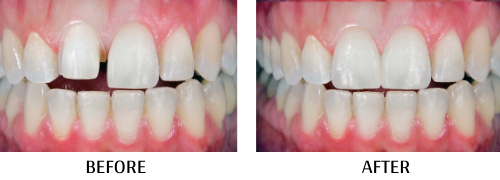Periodontal diseases cure possibly happen with the removal of all teeth and replacing a set of prosthesis teeth. Periodontal diseases occur it cannot reversible of their original condition by medication and cannot treat without surgical treatment. Modern treatment of periodontal diseases that helps to prevent further extends and manage the current position unlike, cure it. There is the only way to get rid of periodontal diseases that only replace teeth and teeth infections. Infected teeth replace by the implant set of teeth.
After the disease occurred the management process of modern treatment is time-consuming and risky. In some cases, it is possible to come back again. Some parts can’t be fully treated.
Reasons for gum diseases occur
A healthy mouth has reasonable amounts of harmless bacteria. Saliva fights with harmful bacteria and makes a balance. However, lack of saliva, hormonal changes, genetic disorders can deploy the bacteria. More numbers of bacteria stand responsible for creating plaque on the tooth and gums. Moreover, gum infection on the teeth and periodontal diseases.
- Risks with periodontal diseases: Periodontal diseases can lead to many diseases and affect the whole body. Gum diseases affect and spoil the auto-immune system functions. However many health issues happen.
- Heart stroke: having gum infection teeth permits bacteria to Infiltration in the blood. However, it may form a blood clot, which resists the blood flow and heart stroke occur.
- Respiratory diseases: gum infection can lead to body inflammation in the body airways system and chronic diseases such as asthma and COPD happen.
- Digestive diseases: gum diseases bacteria can spread in the digestive system. In addition that leads to inflammation in the body and gastrointestinal diseases.
- Low preterm birth weight: Having gingivitis diseases in pregnant mothers, Bacteria may enter newborns through the bloodstream.
- Diabetes: Diabetic patients have a higher risk for gingivitis diseases. It cannot manage due to it may increase the sugar level of the patients.
- Osteoporosis: it mainly related to the bone in the jaw with gingivitis and periodontal diseases.
Ultimately, periodontal disease is curable with implant surgery and a manageable process to prevent further damage.

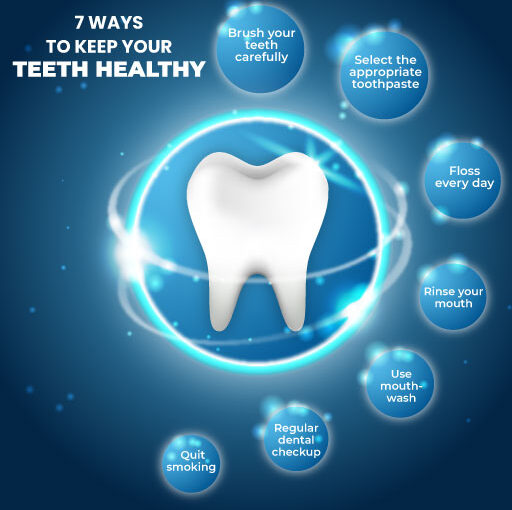



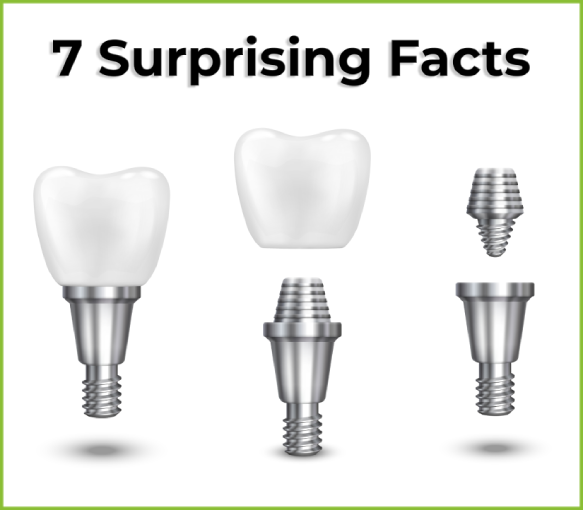

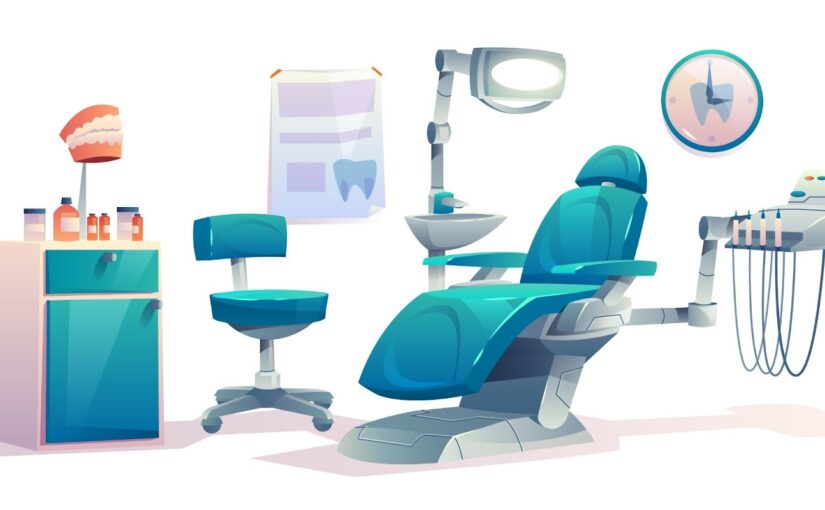




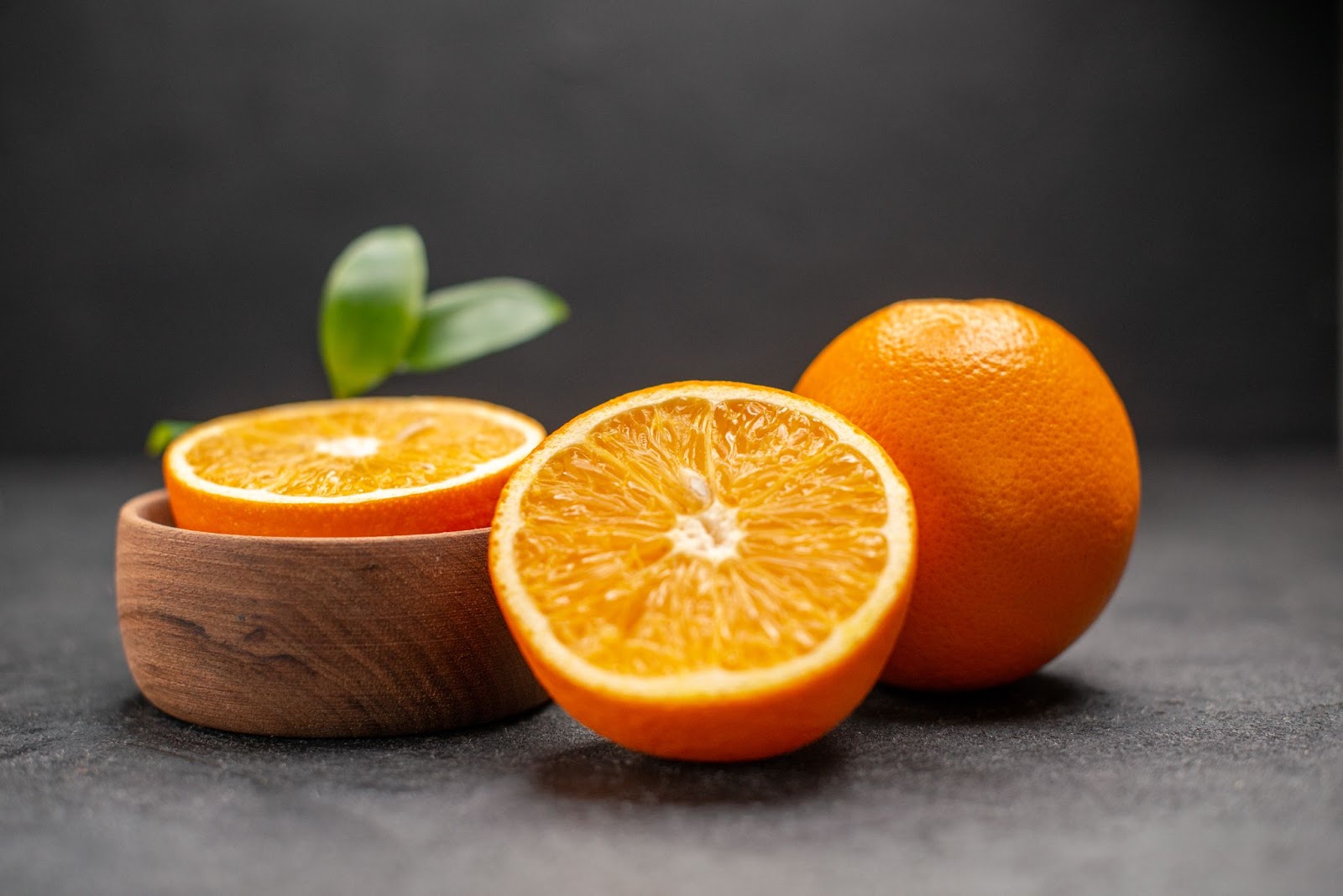

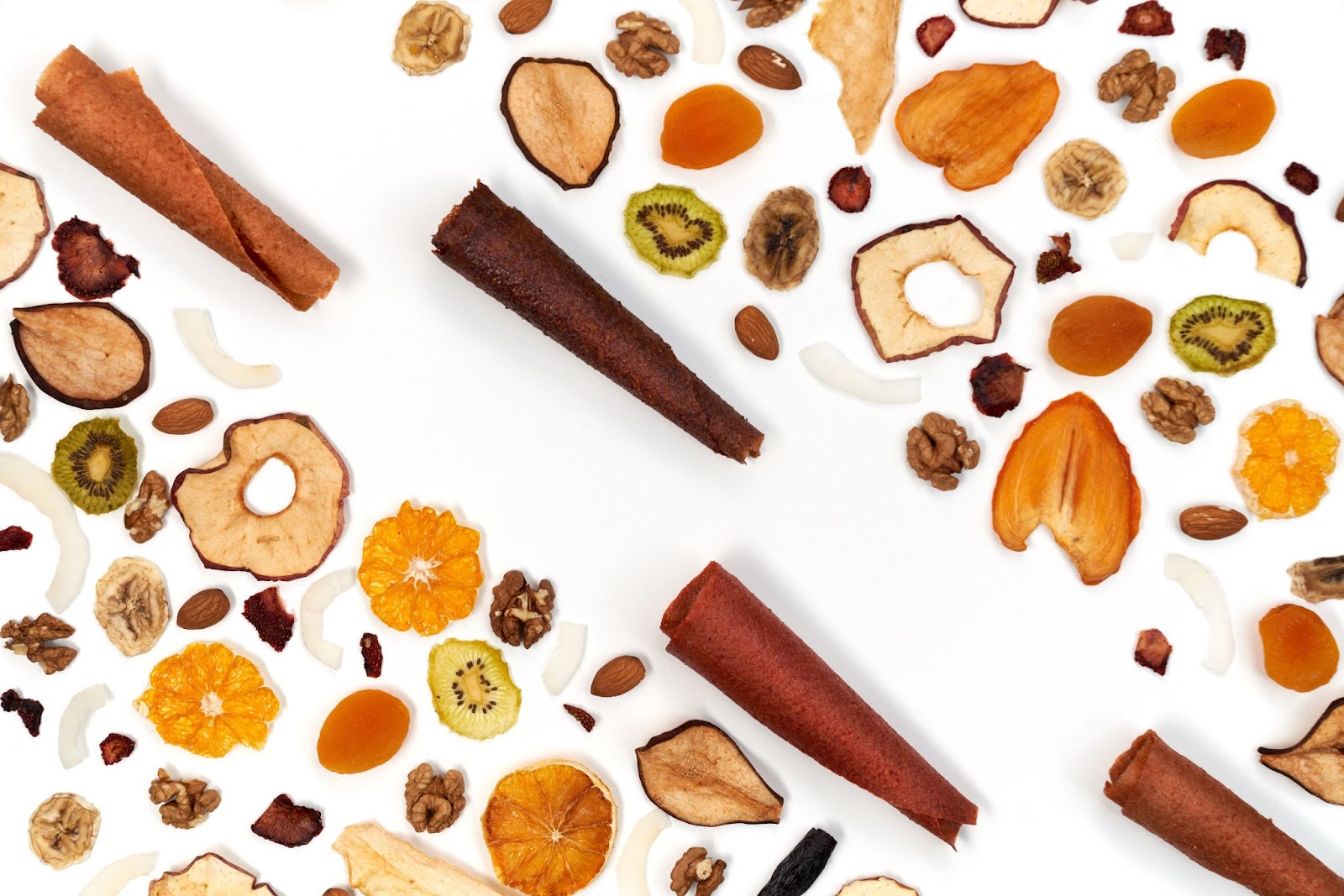
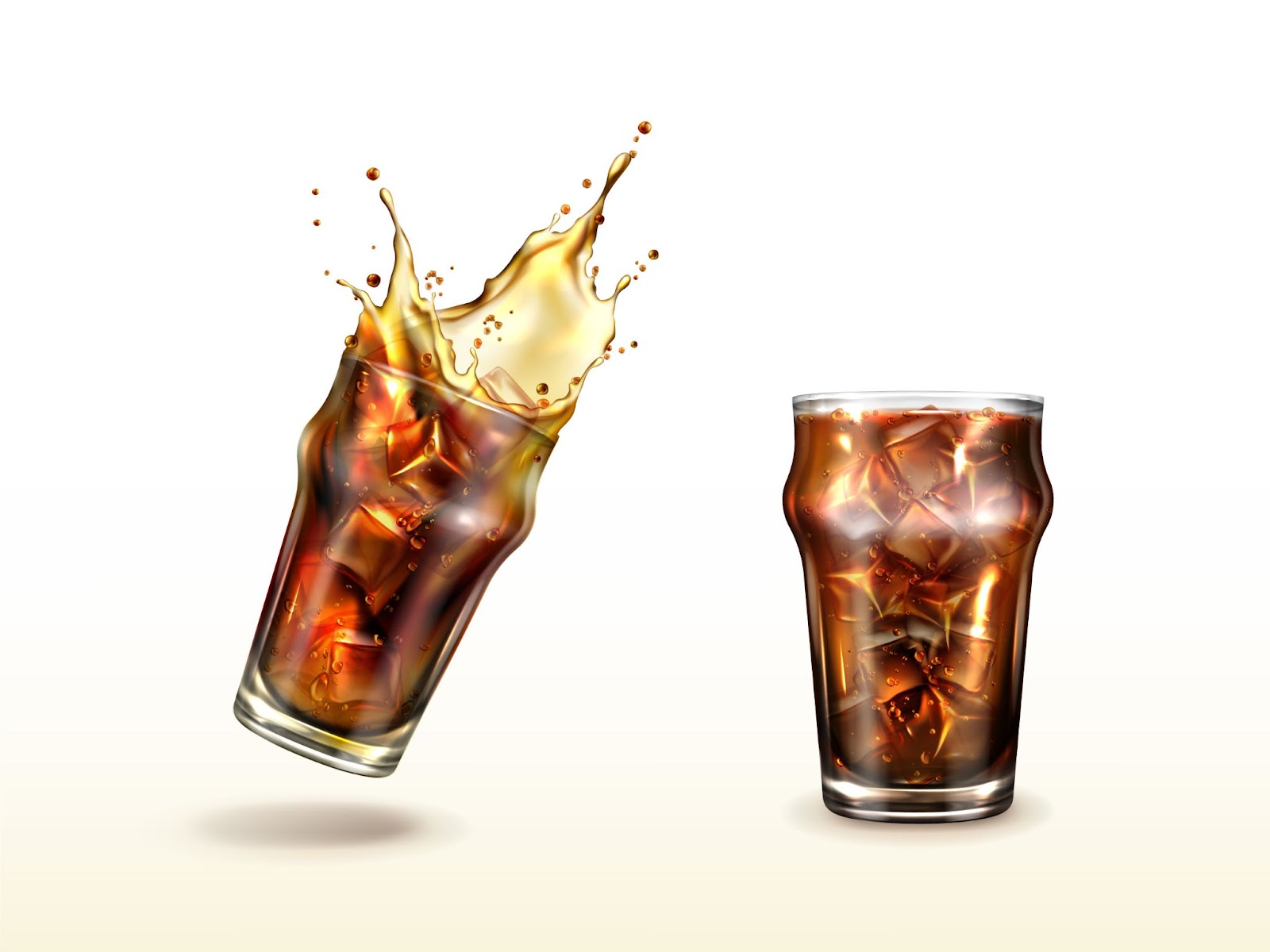


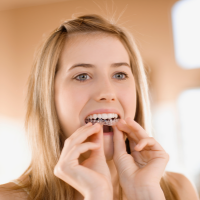


 Price Comparison
Price Comparison

